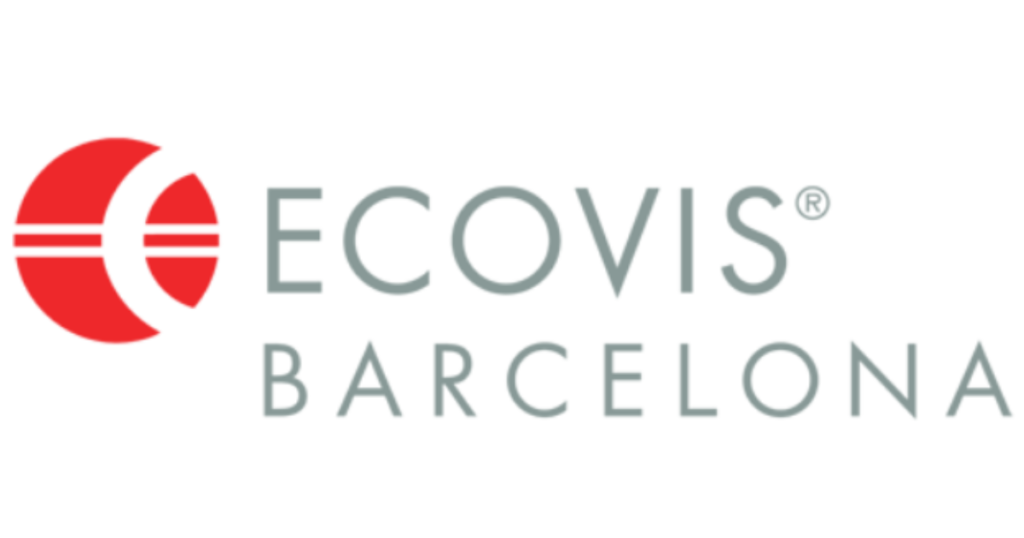In the COFACE (Compagnie Française d’Assurance pour le Commerce Extérieur) country risk assessment, Cambodia received a respectable country risk score of C and a business climate score of B on a scale from A1 (very low risk) to E (very high risk). To further minimise the risks for businesses, Ecovis offers a risk analysis.
COFACE formulates and issues a country risk assessment to reflect the average level of risk associated with companies in particular countries. It reflects the extent to which a country’s economic, financial and political outlook influences the financial commitments of local companies.
Cambodia’s respectable country risk rating of C and business climate rating of B compares to Vietnam’s B and B and A4 and A3 in Thailand. This means that the risks of operating in Cambodia and Vietnam are seen as similar while doing business in Thailand is seen as safer. Note that France is rated A3 and A4, China B and B, the UK A3 and A1 and the USA A2 and A1.
Murray Macmillan, Director of Financial Advisory, ECOVIS VSDK & Partners, Phnom Penh, Cambodia
We can create a risk analysis and assessment for your company in Cambodia.
The COFACE risk assessment for Cambodia
How does COFACE come up with the country risk assessment of C for Cambodia? According to COFACE, Cambodia has a very uncertain political and economic outlook. A business environment with many troublesome weaknesses can have a significant impact on corporate payment behaviour. There is a high probability of corporate default.
In terms of the business climate rating B, COFACE says: “The business environment is mediocre. The availability and the reliability of corporate financial information vary widely. Debt collection can sometimes be difficult. The institutional framework has a few troublesome weaknesses. Intercompany transactions run appreciable risks in the unstable, largely inefficient environments.”
How can companies reduce their risks in Cambodia?
There are now many software applications on the market to help larger companies to assess risk on an institutional basis. For small to medium sized companies this process can be less formal, but it should be included in the quarterly reassessment of the company business plan. The involvement of outside independent experts will add an element of independence and original thinking.
As a general approach, however, the risk assessment process should include the following steps:
- Recognise the types of risk: operational, strategic, financial and compliance
- Assess each type of risk and recognise the factors which will either increase or decrease the risk in these areas
- Create risk KPIs which can be monitored as an early warning system for circumstances which may trigger problems
- Create contingency plans to deal with each scenario which may or may not arise
For further information please contact:
Murray Macmillan, Director of Financial Advisory, ECOVIS VSDK & Partners, Phnom Penh, Cambodia
Email: murray.macmillan@ecovis.com.kh

